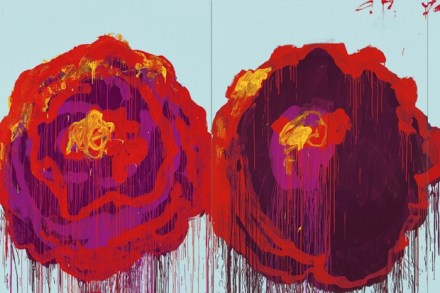The Duke of Wellington also invades Christmas art books
Art books fall naturally into various categories, of which the most common is probably the monograph. Judith Zilczer’s A Way of Living: The Art of Willem de Kooning (Phaidon, £59.95, Spectator Bookshop, £53.95) examines its hero’s career from his extraordinarily accomplished — and resolutely conventional — teenage productions, by way of his glorious middle years,








